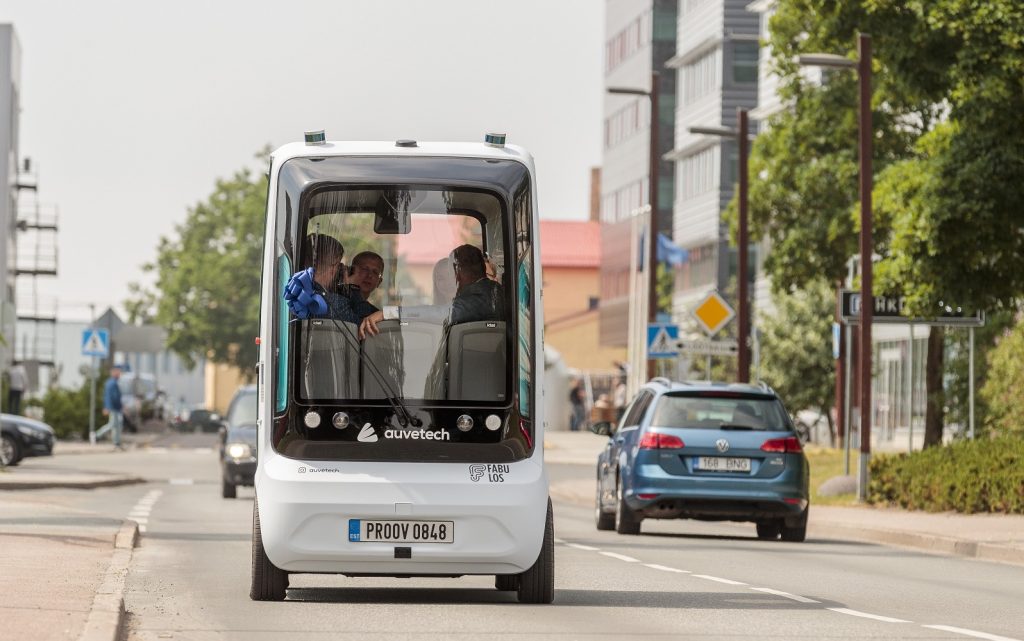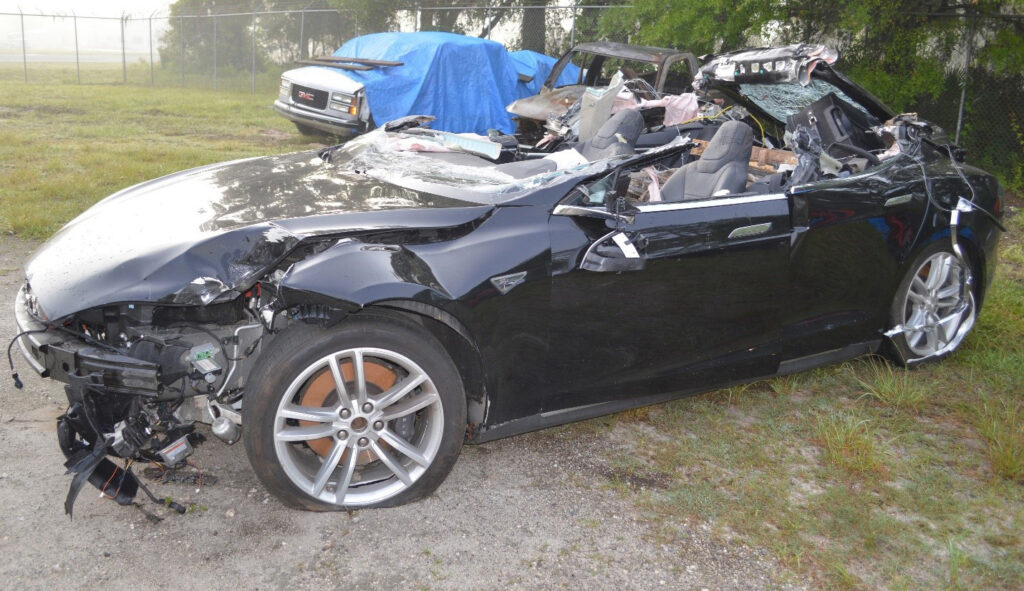A research team of Tallinn University of Technology – also known as TalTech – has developed a new algorithm that makes passing smoother and faster for self-driving cars.
In the article published in the Journal of Field Robotics, TalTech researchers, led by Raivo Sell, describe simulations and real-life experiments claiming the new algorithm makes the self-driving cars “significantly smoother and more reliable”, approaching the manoeuvre level of a skilled human driver.
The number of self-driving cars to skyrocket
Self-driving vehicles, including autonomous minibuses, are expected to be introduced soon in many cities around the world. However, most of these projects are still in the experimental stage. The problem is that such machines meet the expectations of developers in strictly controlled environments, but cannot cope, for instance, in unexpected situations, TalTech explained in a post published on its webpage.
“One of the main manoeuvres that is expected from self-driving cars is the avoidance of crashes with, for example, parked vehicles, by changing the lane. This may seem like a simple task for humans, but most of the Level 4 self-driving machines on the market have difficulty performing this task. Both manufacturers and relevant studies aim to improve vehicle safety together with reducing the number of accidents and the environmental impact of vehicles.”
While the first generation of self-driving cars could only drive in very specific structured environments due to simple algorithms, it is now expected that the new Level 4 and Level 5 self-driving vehicles should be able to nearly match the basic skillset of human drivers. This means the self-driving algorithm must be able to support increasingly complex actions such as lane change, passing and response to unexpected situation.

The algorithm of overtaking: a huge challenge
According to TalTech, various data show that around one tenth of accidents are in one way or another related to the lane change of vehicles. While this is a serious problem for human drivers, it presents an even greater challenge for the developers of self-driving cars.
“The algorithms for overtaking require comprehensive information about the environment in all directions and in all situations, as well as complex calculations regarding both static and dynamic objects. When developing the algorithm, other problematic factors must also be considered: for instance, different weather conditions, traffic situations and road quality, but also communication with other road users including cars, pedestrians and animals that may run in front of the vehicle,” the university noted.
The new algorithm, developed by Sell and the team’s researchers, Ehsan Malayjerdi, Mohsen Malayjerdi, Andres Udal and Mauro Bellone, allows self-driving cars to make decisions regarding overtaking and lane changing much faster than before. “Although a level comparable with that of a human driver will not be achieved as yet, the new algorithm is still an important practical improvement in the artificial intelligence capability of autonomous minibuses performing manoeuvres equivalent to those of human drivers,” TalTech said.

Tested in Estonia
The university said the method also helped plan a safe route: using the data proven by test results it clearly shows which lane is safe. “Both the human and machine interface that signals the intention to overtake have been improved in the new algorithm.”
According to Raivo Sell, the new method has already been tested on the TalTech-developed driverless car, iseAuto. “As a result of this research, a successful collaboration with Aalto University (a Finnish university) research team is already underway, and we are applying the theoretical model of their machine learning to our practically self-driving vehicles, improving safety and adding an algorithm which aborts the overtaking if the latter is required for safety,” he said.

